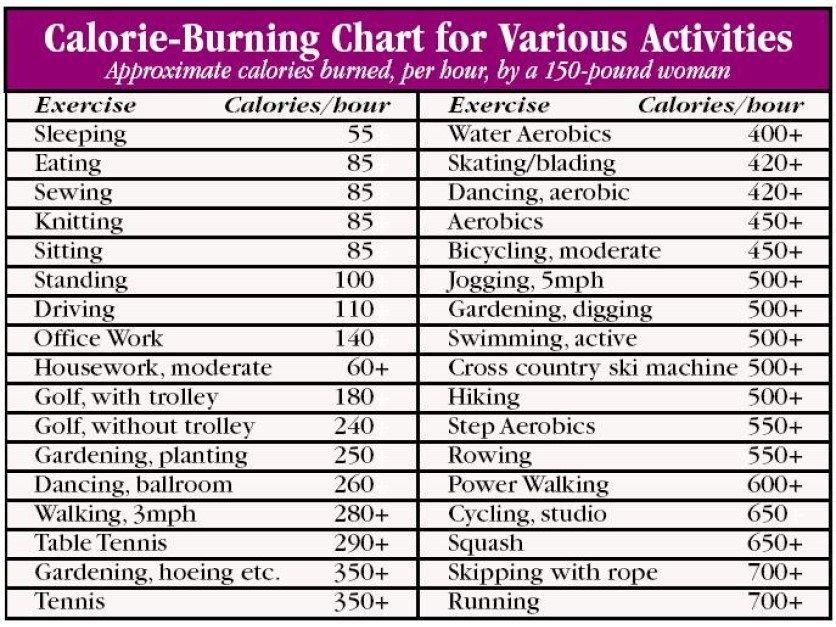During this Holiday Season, we all enjoy those extra calories and special desserts. It is part of giving thanks and enjoying family. There is no need to give that up, but let’s also keep an eye on the obesity equation.
Food labeling regulations and guidelines, such as the USDA-HHS Dietary Guidelines for Americans, are intended to help consumers make healthy decisions about the foods they choose to eat. In an effort to fight obesity, the Dietary Guidelines and food labels focus on number of calories in the food product and the composition of those calories…how many of the calories are from fat, protein and carbohydrates…the three sources of calories. The emphasis on calories has led to food products – primarily snacks – containing “only 100 calories.”
But what about the other side of the equation? To prevent weight gain, individuals must burn as many calories as they consume. We refer to this as the “obesity equation,” and it is pretty simple really. To go a step further and actually lose weight, people must burn more calories than they consume. Consumers have ample information on how many calories they eat but they need more information on how to burn off those extra calories. Does the average consumer understand what it takes to burn up “only 100 calories?”
HHS has released an important document on Physical Activity Guidelines for Americans. According to the guidelines, low levels of physical activity among Americans have health and economic consequences for the nation. It says, for example, there are immediate health benefits, attainable from a single bout of activity, including reduced anxiety and blood pressure, improved quality of sleep, and improved insulin sensitivity. There are more long-term benefits from physical activity, including improved brain health, reduced risk of eight types of cancer, reduced risk for fall-related injuries in older adults, and reduced risk of excessive weight gain.
The good news is that our normal daily activities burn up a bunch of calories. Depending on your age and weight, sleeping burns up 55 calories per hour. So, if you sleep eight hours, you have used 400 calories (more or less). Just standing uses 100 calories per hour; driving 110 calories; office work uses up 140 calories; golf with a cart uses 180 calories per hour, and if you are walking the course, you burn up 240 calories. (Sex burns up only 90 calories.)
Walking at a rate of 3 miles per hour uses up 280 calories on a level surface; a slow jog or fast walk at 5 mph will use up 500 calories per hour. If you are walking on a treadmill at even a 1 percent incline, you will burn up more calories. The steeper the incline, the more you’ll burn.
This is all good news. But there is another way of looking at it: to burn off an extra 100 calorie snack requires walking one mile. Converting a hamburger into a cheeseburger requires an extra mile of walking.

The federal government and industry, schools and doctors have made us all more sensitive to the number of calories we consume and the health consequences of obesity. Obesity is a “killer disease” that contributes to diabetes, heart disease, and stroke - all greatly shortening our live spans.
The same institutions…government, industry, schools, doctors…need to spend an equal amount of resources and time focusing attention on the other side of the equation, how to burn up the calories that we consume.
The Dietary Guidelines for Americans was based in part on the Senate Select Committee on Nutrition’s Dietary Goals for the United States issued in 1977. Chairman and former Sen. George McGovern, author of the report, (who was very thin until he passed away well into his 90s) often noted that the major shortcoming in that document was that it didn’t talk enough about the importance of physical activity. Let’s all try to fix that oversight.
About the author: Marshall Matz is a food and agriculture attorney at OFW Law in Washington, D.C. He was General Counsel to the Select Committee on Nutrition in 1977 when the Dietary Goals for the United States were published.


